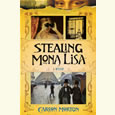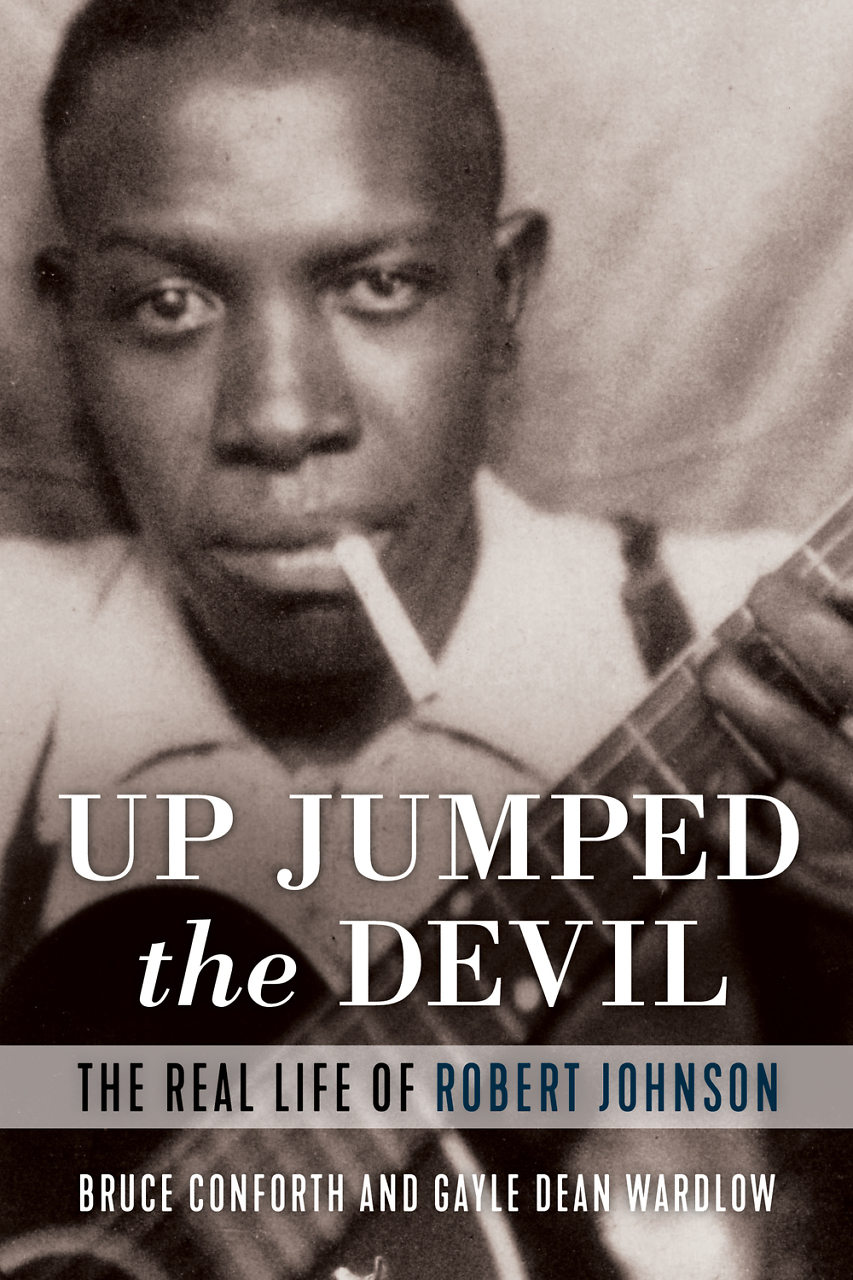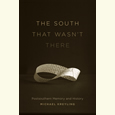The Secret That Raised Me Above the Surface of Life
After a decade’s silence, Donna Tartt releases a profound and beautiful novel, The Goldfinch
With trademark audacity, Donna Tartt revolves her long-awaited new novel around a masterpiece: The Goldfinch, one of the few surviving paintings by the Dutch Master Carel Fabritius. Roundly considered Rembrandt’s most gifted pupil and a crucial influence on the young Jan Vermeer, Fabritius perished—along with most of his work—in a massive gunpowder explosion that devastated a large portion of the Dutch city of Delft in 1654. Hence, the painting has become both an unlikely magnum opus and a window into a world of beauty and artistry that can now only be imagined. “People die, sure,” Tartt writes. “But it’s so heartbreaking and unnecessary how we lose things. From pure carelessness. Fires, wars. The Parthenon, used as a munitions storehouse. I guess that anything we manage to save from history is a miracle.”
 Only moments after he hears these words, Tartt’s protagonist, the young Theo Decker, comes into possession of Fabritius’s Goldfinch through another tragic explosion: this time, a terrorist attack inside New York’s Metropolitan Museum of Art, which claims the lives of dozens, including Theo’s mother. Miraculously, both Theo and Fabritius’s Goldfinch survive; in shock and delirium, the teenager staggers out of the museum and walks away unnoticed, the priceless painting under his arm. Thus begins a sprawling saga which will see Theo drift first into the coldly elegant world of a wealthy schoolmate’s aristocratic family, later to the soulless wastes of Las Vegas with his pill-popping father, and eventually back to New York and on to Amsterdam and an exhilarating rendezvous with fate. All the while, Theo keeps The Goldfinch hidden in a pillowcase, a final connection to the life that might have been—“the secret,” Theo writes, “that raised me above the surface of life.”
Only moments after he hears these words, Tartt’s protagonist, the young Theo Decker, comes into possession of Fabritius’s Goldfinch through another tragic explosion: this time, a terrorist attack inside New York’s Metropolitan Museum of Art, which claims the lives of dozens, including Theo’s mother. Miraculously, both Theo and Fabritius’s Goldfinch survive; in shock and delirium, the teenager staggers out of the museum and walks away unnoticed, the priceless painting under his arm. Thus begins a sprawling saga which will see Theo drift first into the coldly elegant world of a wealthy schoolmate’s aristocratic family, later to the soulless wastes of Las Vegas with his pill-popping father, and eventually back to New York and on to Amsterdam and an exhilarating rendezvous with fate. All the while, Theo keeps The Goldfinch hidden in a pillowcase, a final connection to the life that might have been—“the secret,” Theo writes, “that raised me above the surface of life.”
Known for her elegant style, her intricate, propulsive plotting, and her Pynchon-esque reluctance to court fame, Donna Tartt launched her career in 1992 with The Secret History, a tale about an eccentric group of classics majors whose quest to experience the sublime leads them to commit murder. Dark, witty, and compulsively readable, The Secret History sold over a million copies in the U.S. (astounding sales for a literary novel) and was translated into more than thirty languages. International fame followed, and Tartt’s notoriety was enhanced by her “brat pack” associations with Bennington pal Bret Easton Ellis and her striking, androgynous-chic style and personal charisma.
Rather than capitalizing on her fame, however, Tartt retreated from the media eye, emerging again a decade later with The Little Friend, a haunting (and weighty) murder mystery set in Tartt’s native Mississippi during the 1970s. Though a commercial disappointment given the astronomical expectations created by The Secret History, The Little Friend was critically acclaimed and put to rest any lingering doubt about whether Donna Tartt was a one-hit wonder. Nevertheless, Tartt again promptly disappeared from public view, still apparently disinterested in cultivating celebrity—a fact which, naturally, only escalated her already substantial mythos.
 And now, The Goldfinch has arrived, right on schedule, per Tartt’s established novel-a-decade pace. The depth and heft of the novel—an unwieldy 784 pages—suggests that the time hasn’t been wasted, and makes clear the boldness of Tartt’s aspirations. Though set in the twenty-first century, primarily in New York, The Goldfinch is essentially a nineteenth-century novel, rife with classical references and allusions. The text takes the form of the bildungsroman, with its narrator, Theo Decker, beginning his tale near its end, from a hotel in Amsterdam, where he makes it clear that he has found himself in the midst of a perilous criminal predicament. In a feverish sleep, Theo dreams of his mother, throwing his mind back to the day of her death roughly a decade earlier. “Things would have turned out better if she had lived,” Theo writes. “As it was, she died when I was a kid; and though everything that’s happened to me since then is thoroughly my own fault, still when I lost her I lost sight of any landmark that might have led me someplace happier, to some more populated or congenial life.”
And now, The Goldfinch has arrived, right on schedule, per Tartt’s established novel-a-decade pace. The depth and heft of the novel—an unwieldy 784 pages—suggests that the time hasn’t been wasted, and makes clear the boldness of Tartt’s aspirations. Though set in the twenty-first century, primarily in New York, The Goldfinch is essentially a nineteenth-century novel, rife with classical references and allusions. The text takes the form of the bildungsroman, with its narrator, Theo Decker, beginning his tale near its end, from a hotel in Amsterdam, where he makes it clear that he has found himself in the midst of a perilous criminal predicament. In a feverish sleep, Theo dreams of his mother, throwing his mind back to the day of her death roughly a decade earlier. “Things would have turned out better if she had lived,” Theo writes. “As it was, she died when I was a kid; and though everything that’s happened to me since then is thoroughly my own fault, still when I lost her I lost sight of any landmark that might have led me someplace happier, to some more populated or congenial life.”
From there the novel moves forward chronologically, as Theo narrates his improbably tragic and bizarre journey in painstaking detail: what Great Expectations might have been like if it had been written by Proust after he’d spent a year on the bus with Ken Kesey and the Merry Pranksters. Theo lives briefly with the wealthy, aristocratic family of an eccentric schoolmate, from which Tartt draws a contemporary version of Miss Havisham, Bentley Drummel, and Estella in the form of a frosty society matron, her dissolute elder son, and an angelic, borderline sociopathic daughter named Kitsey. Theo eventually lands with his addled father in Las Vegas, where he befriends the dubious but lovable Boris, a Polish-Ukrainian latchkey kid.
The two boys spiral into a drug-and-alcohol-induced dissipation, enabling Tartt both to have her characters muse on Tolstoy and Dostoyevsky and to write quite beautifully about various states of intoxication—a treacherous gambit for a less gifted stylist. Of a midnight acid trip at the edge of the desert with Boris, Theo writes, “Everything was hysterically funny, even the playground slide was smiling at us, and at some point, deep in the night, when we were winging on the jungle gym and showers of sparks were flying out of our mouths, I had the epiphany that laughter was light, and light was laughter, and that this was the secret of the universe.” The episode could easily be seen as blissfully rapturous were it not for the fact that Theo and Boris are teenagers with criminally negligent and abusive parents. Left completely to their own devices, the boys have easy access to everything but love, which, it seems, is why they become so attached to each other—an attachment that will prove to have fateful implications when the novel pushes toward its stunning denouement.
Little more can be said without spoiling the many abundant twists of the plot, which are handled so deftly as to seem both shocking and inevitable. Theo does, of course, survive to adulthood, making his way back to New York and eventually into a convoluted series of simultaneous calamities, all pointing back to the singularly critical moment, the formation of the Dickensian “first link” of “the long chain of iron or gold” that is the course of fate: the death of his mother, and the acquisition of Fabritius’s Goldfinch.
Little else should be said, that is, other than to point out the obvious: The Goldfinch is a very long book. Critics will doubtlessly take Ms. Tartt to task for the loose structure of the novel’s first half and its seemingly excessive detail, which can occasionally feel ponderous or pretentious. But suggesting that The Goldfinch be made leaner or less erudite seems akin to saying that Moby Dick would have been better without the cetology chapters or the Town Ho’s story, or that Dostoyevsky should have left the Grand Inquisitor parable out of The Brothers Karamazov.
The Goldfinch unfolds slowly and demands trust in the author’s implicit promise that every gorgeously rendered detail, however apparently insignificant at first sight, will bear out its import when Theo’s harrowing journey from innocence into experience culminates not only in a thrillingly fast-paced final act, but also in a searingly profound meditation on the power and immortality of art. “It is a glory and a privilege to love what Death doesn’t touch,” Theo writes. “For if disaster and oblivion have followed this painting down through time—so too has love.” Speaking of Fabritius’ Goldfinch, Theo may as well be speaking of the novel itself, which seems assured to survive whatever nature and history can throw at it.
Donna Tartt will discuss The Goldfinch at the Nashville Public Library as part of the Salon@6:15 series on October 22, 2013, at 6:15 p.m., with signing to follow. Please note that Tartt will sign only copies of The Goldfinch, which will be available for purchase at the event through Parnassus Books.


